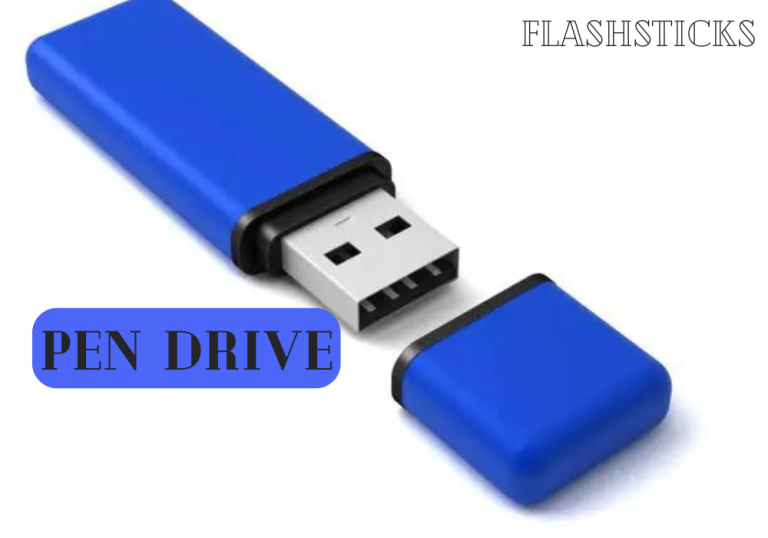What is a Pen Drive? – A Comprehensive Guide
In the age of digital information, portable storage solutions have become crucial. One such indispensable tool is the pen drive. But what is a pen drive? This article dives deep into the world of pen drives, exploring their features, benefits, and practical uses. Whether you’re a tech enthusiast or a casual user, this guide will provide valuable insights into pen drives.
What is a Pen Drive?
A pen drive, also known as a USB flash drive, thumb drive, or jump drive, is a portable storage device that uses flash memory to store data. It connects to a computer via a USB port, making it easy to transfer files between devices. Pen drives are known for their compact size, portability, and ease of use, making them a popular choice for storing and transferring data.
Features and Specifications
Storage Capacity
Pen drives come in various storage capacities, ranging from as little as 2GB to as much as 1TB. The most common sizes are between 8GB and 128GB.
Data Transfer Speed
The data transfer speed of a pen drive depends on the USB standard it uses. There are several versions, including USB 2.0, USB 3.0, and USB 3.1. Here’s a quick comparison:
| USB Standard | Data Transfer Speed |
|---|---|
| USB 2.0 | Up to 480 Mbps |
| USB 3.0 | Up to 5 Gbps |
| USB 3.1 | Up to 10 Gbps |
Benefits of Using a Pen Drive
- Portability: Their compact size makes them easy to carry around.
- Durability: Unlike traditional storage devices, pen drives have no moving parts, making them more resilient to physical damage.
- Compatibility: Pen drives are compatible with almost all devices that have a USB port, including computers, gaming consoles, and some mobile devices.
- Ease of Use: Simply plug in the pen drive to the USB port, and you’re ready to transfer files.
- Security: Many pen drives come with encryption and password protection features to keep your data safe.
Common Uses of Pen Drives
Pen drives are versatile and can be used for a variety of purposes:
- File Storage: Store important documents, photos, music, and videos.
- Software Installation: Install operating systems or software applications using a pen drive.
- Data Backup: Create backups of your critical data to prevent data loss.
- File Sharing: Easily share files between computers or other devices.
- Portable Applications: Run portable versions of applications directly from your pen drive.
Tips for Choosing the Right Pen Drive
- Determine Your Storage Needs: Choose a pen drive with sufficient storage capacity for your files.
- Consider the USB Standard: For faster data transfer speeds, opt for a USB 3.0 or USB 3.1 pen drive.
- Look for Security Features: If you need to store sensitive information, choose a pen drive with encryption and password protection.
- Check Compatibility: Ensure the pen drive is compatible with your devices.
- Brand and Warranty: Opt for reputable brands that offer warranty and customer support.
Frequently Asked Questions (FAQ)
1. Can a pen drive be used with smartphones?
Yes, many modern smartphones support USB OTG (On-The-Go) functionality, which allows pen drives to be connected via an OTG cable or adapter.
2. How do I format a pen drive?
To format a pen drive, connect it to your computer, right-click on the drive, and select “Format.” Choose the desired file system and click “Start.”
3. Can I recover data from a faulty pen drive?
Data recovery from a faulty pen drive is possible using specialized software or services. However, the success rate varies depending on the extent of the damage.
Conclusion
Pen drives are an essential tool in today’s digital world, providing a convenient and reliable way to store and transfer data. With their compact size, portability, and ease of use, pen drives have become a staple for students, professionals, and tech enthusiasts alike. By understanding what a pen drive is, its features, and how to choose the right one for your needs, you can make informed decisions that enhance your digital experience.
We hope this comprehensive guide has provided valuable insights into pen drives. Be sure to consider the tips and recommendations shared here the next time you choose a pen drive, ensuring that you get the most out of this versatile storage device.
“`







